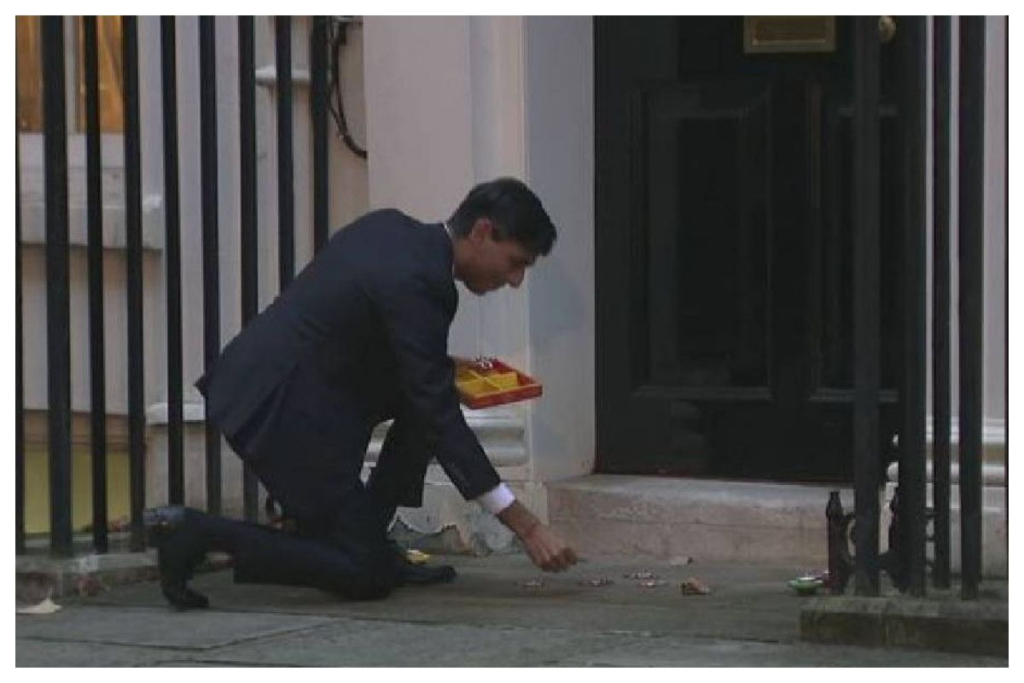Musings by Shekhar Nambiar
I yearn for the greeting cards of yesteryears. Yes, even at the expense of the cards having to chop off a few trees! Sounds terrible, doesn’t it?
These were greeting cards I used to wait eagerly for each Diwali and New Year!
Also read: Boom town, difficult roads
The last of them came from a friend in Florida. With him gone there are no cards anymore. His cards came promptly. Along with the card came photographs especially of his visits to places.

Cards brought the personal touch. The warmth from the person sending them. Even if they came only once a year. Somehow, WhatsApp and social media messages lack the feelings of greeting cards and wishes.
The very act of scouting for cards, and as a teenager, the bargain hunts, were immensely pleasurable. Occasionally running into a friend or two during the forays added the extra flavour to the festive spirit.
Also read: Autumn of 1971
Greeting card industry trends
At a global level, or at least in the US, the outlook for the printed card industry seems promising.
Statistics indicate cards are being sent in different directions through the US Postal Service (USPS). According to the Greeting Card Association, greeting card purchases rate high among the priorities for the Millennials – just as it is with Baby Boomers — along with acquiring a house or property, marriage, and having children. One major reason for this is the very personal nature of the act of sending a card, and scribbling your name and message on it by hand. It is indeed a feel-good factor.

Birthday cards constitute more than 50% of cards sold with women buying over 80% of cards, including spending time on deciding before purchasing them. An overwhelming majority of senders use mail service as the preferred mode of delivery of cards. A USPS study has shown an increase in greeting card mail volume for the fourth year in a row. Americans buy some 6.5 billion greeting cards each year and annual retail sales gross between $7 and $8 billion.
Also read: Living next door to Gurugram
The domestic industry prospects also do not foresee any particularly bleak future for cards. This indeed is welcome despite India’s large young population and their penchant for anything and everything online. The key challenges, though, are still from e-cards, social networking sites, SMS, MMS, WhatsApp and phone calls.

All these go to show that greeting cards cannot be written off yet and are here to stay.
Emotional connect
Votaries of greeting cards avow that social media can never match the personal and emotional connect a physical card provides. A birthday or a wedding anniversary greeting can never be complete without a card. This view is widely held, whether among the elderly or the young, particularly women.
Keeping sustainability in mind, we cannot go on forever cutting trees to make paper and paper products. We have to find innovative ways and solutions.
Also read: Megacity Mumbai as I recall
Going green
With a thought to the future and to adopt environmentally sustainable practices, all sections of society need to act and contribute in equal measure. This Diwali was a good example of how everyone came together, at least in some parts of the country, and brought down smoke levels to a considerable extent.

To paper-based products, including greeting cards, a word of appreciation as manufacturers and consumers are trying to be kinder to the world around us. And it’s about time we did everything possible to stop the wanton destruction of forests and the environment.
Also read: Why oh why do I love Kochi!
Card products are now in the market that are handmade from 100% recycled paper and seeds. Now comes the interesting part. After the card is gifted, it goes into the garden and with water and light grows into beautiful flowers. This is as cool as it can get.
There are several other innovative products available in the market, including biodegradable material, and business cards made from recycled paper and so on.

Global festival
As the Diwali festivities conclude, India is in a celebratory mood for a person with an Indian name, but three generations removed from this country, as he assumed charge as UK’s Prime Minister.
Australia lit up the Sydney Opera House among other Diwali celebrations. In the US,Mayor Eric Adams has announced a Diwali holiday for NYC schools from next year to “turn a light on within yourself,” which is just as well as more than a billion people around the world celebrate the festival. This year, celebrations began early at Times Square followed by Diwali receptions hosted by President Biden at the White House and Secretary of State Antony J Blinken. And, well, if America can celebrate Chinese festivals, why can’t they add one more to the list.
Also read: Road to a carbon-free future




